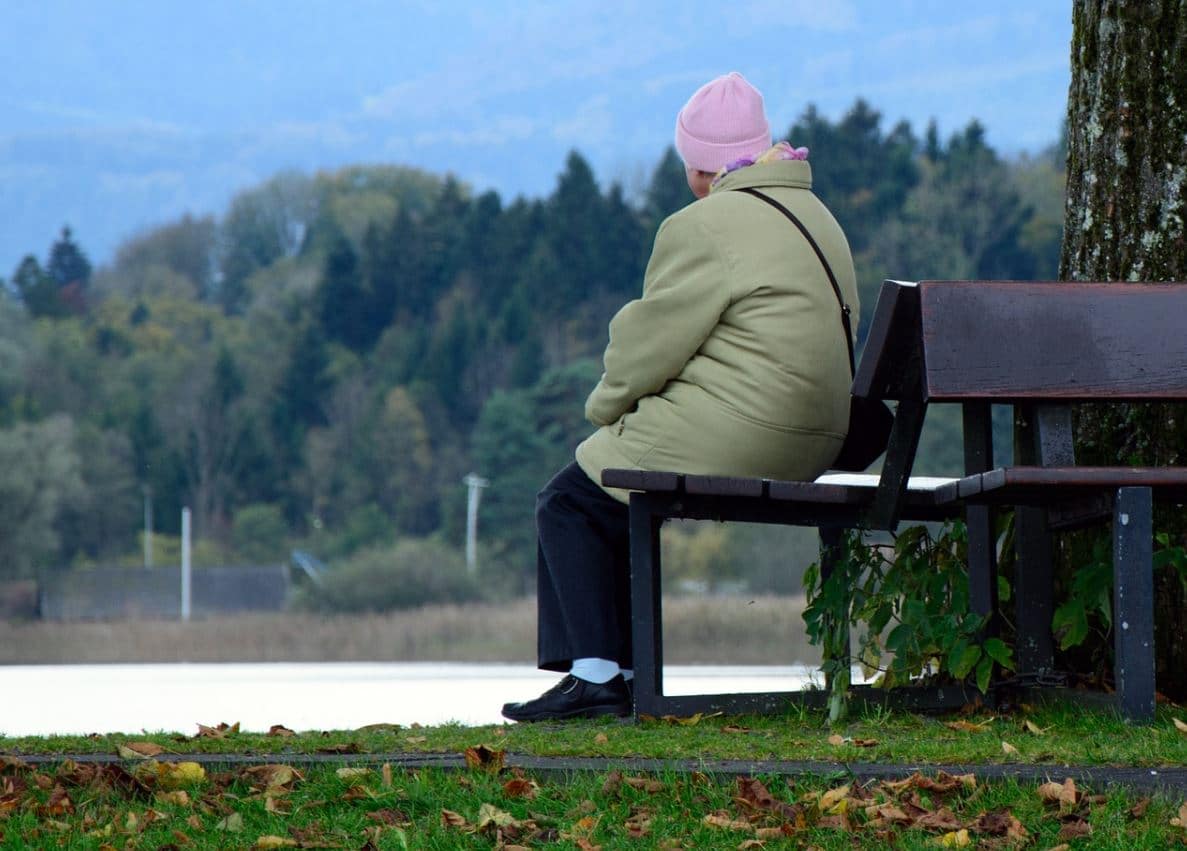Senate Committee on Aging Reports on Financial Challenges Women Face

WASHINGTON – United States Senators Susan Collins, R-Maine, and Bob Casey, D-Penn., the chairman and ranking member, respectively, of the Special Committee on Aging, released a report last week examining the challenges older women face preparing financially for retirement.
During their later years, women on average face higher poverty rates than men, often because their retirement savings fall short. Conducted by the Government Accountability Office, the study organized 14 focus groups of women, primarily over the age of 70 in rural and urban locations in each U.S. region, in order to understand these challenges.
“As the chairman of the Senate Aging Committee, ensuring that more people are better prepared for retirement is one of my top priorities,” said Collins. “Improving women’s retirement security is a significant public policy challenge that requires us to work together to find common ground. After spending years in the workforce and caring for loved ones, women should be able to enter retirement with the confidence that they will be able to live comfortably and maintain their independence as they age.”
The women in the focus groups mentioned several common challenges to financial security in retirement, including widowhood, divorce, pay inequality and caregiving responsibilities. Women are more likely to take on childcare responsibilities, which directly affects their retirement savings — impacting Social Security benefits, pensions and defined contributions savings plans. Additionally, on average, women will live longer, putting them at greater risk to outlive their retirement savings.
The focus groups also said they experienced a lack of personal financial education, which presented an even larger challenge to strong financial security in retirement. The women said this lack of education about savings, investing, Medicare and Social Security hurt their retirement security.
The report also found that less than half of households with women over the age of 70 would say they have high confidence in their retirement security — a statistic also varying by race.
“Households with White respondents were more likely than households with African American respondents to report high retirement confidence,” the study said. “Although a higher percentage of households with African American respondents had low retirement confidence of 40%, compared to those with White respondents, 60% of households with an African American respondents reported high or medium confidence. An estimated 35% of households with a Latina or Latino respondent had low confidence in their retirement security, while 30% reported high confidence.”
Collins and Casey held hearings in 2018 and 2019 on seniors’ retirement decisions and security. They authored the Older Americans Act, which ensures the operation of the National Resource Center for Women and Retirement, and the act was signed into law in March this year. The Center is dedicated to promoting retirement planning and financial literacy among women.
“This report further emphasizes the need to strengthen and protect Social Security and Medicare, secure workers’ pensions and eliminate pay disparities to ensure that all women are able to be economically secure as they age,” said Casey.
























